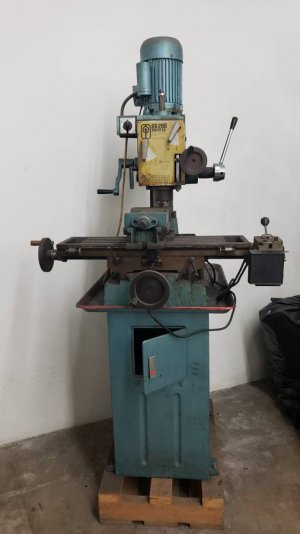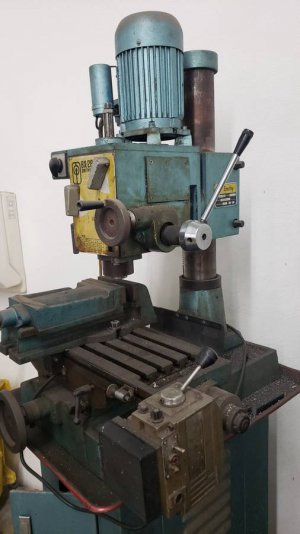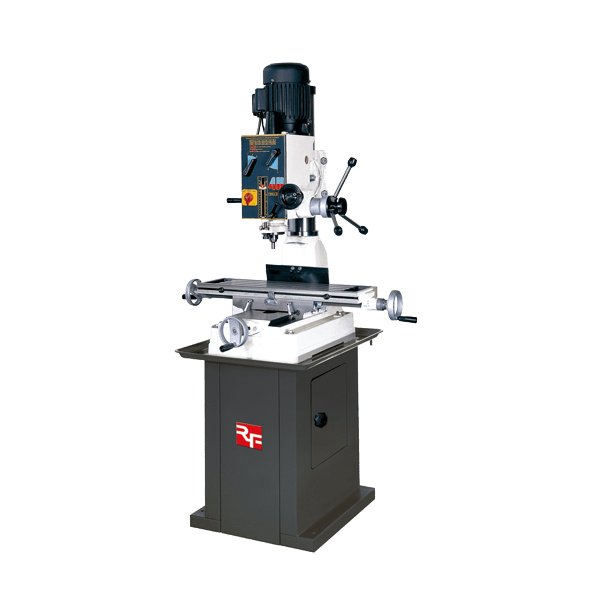- Joined
- Oct 17, 2018
- Messages
- 922
I'm finding that my LMS 3990 is a little small for some of what I make. So, I took a look and I saw an RF-30 sale on CL (made in around 1991) for $1,000 (machine only, no tooling or vise). There are a few others for a little more (up to $1600) and they come up for sale from time to time. In spite of the round column issues, I'm drawn to this machine.
1. Seems a bit high for just the machine only. I looked at these before so I looked at my old thread and seems this should be below $1K, maybe in the $800 range. Thoughts?
2. What should I look for as far as wear, red flags, etc?
3. Is the overall depth (front to back) 42-1/2"? If so, I'll need a bigger bench.
4. A search gave weights in the range of 500-660 lbs. I've got 4x4's spaced about 48" apart supporting a steel frame that has a 1-1/4" thick plywood top with a 16 Ga steel cover. This is bolted to the wall of the garage. Is this enough support? I suppose it's moot if I have to move it to a bigger table, but I'd build the new one the same way unless it needs to be stronger.
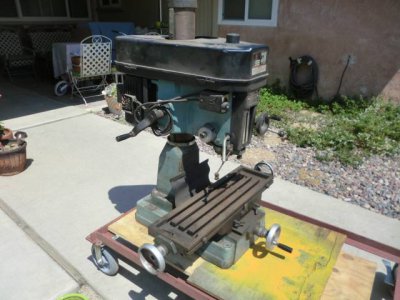
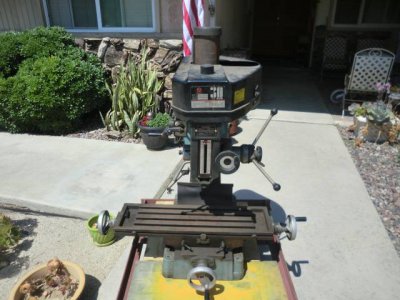
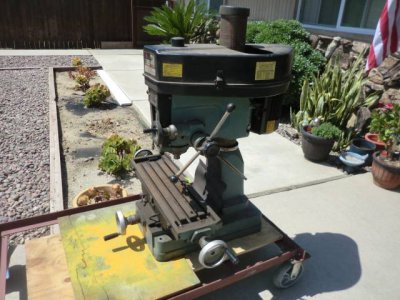
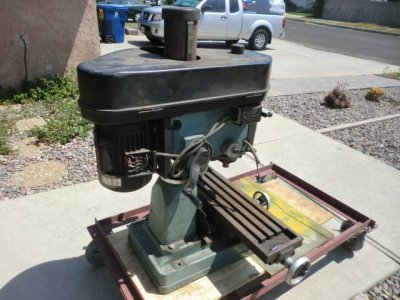
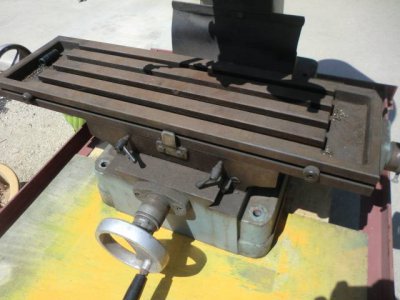
1. Seems a bit high for just the machine only. I looked at these before so I looked at my old thread and seems this should be below $1K, maybe in the $800 range. Thoughts?
2. What should I look for as far as wear, red flags, etc?
3. Is the overall depth (front to back) 42-1/2"? If so, I'll need a bigger bench.
4. A search gave weights in the range of 500-660 lbs. I've got 4x4's spaced about 48" apart supporting a steel frame that has a 1-1/4" thick plywood top with a 16 Ga steel cover. This is bolted to the wall of the garage. Is this enough support? I suppose it's moot if I have to move it to a bigger table, but I'd build the new one the same way unless it needs to be stronger.







